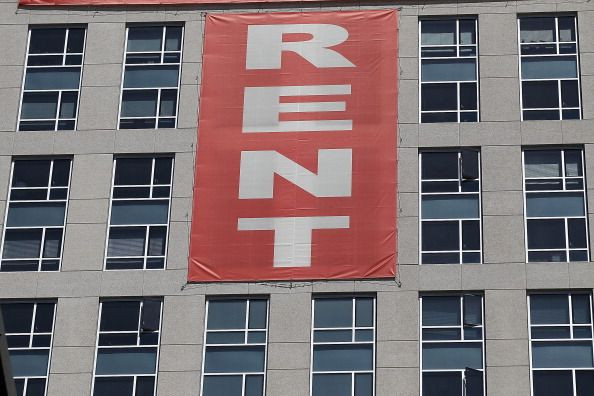Renting vs. Owning A House: Which Is Better For Your Health And Finances

Where we live has a significant effect on our lives — particularly our health. A recent study shows that those living in rented housing generally have poor health compared to those who are in homes that they fully own.
Research published on the Journal of Epidemiology and Community Health found that one’s well being is affected by housing type, tenure, cost burden and the desire to stay. UK-based scientists Amy Clair and Amanda Hughes studied the activity of the C-reactive protein (CRP) using self-reported health measures in relation to demographic elements, health behaviors and housing details. CRP is a component of the blood that is linked to stress and infection, where a high reading could be an indicator of heart disease.
The study observed that private renters had higher levels of CRP compared to owner occupiers, thus indicating that they are in worse health. The type of housing also affected this figure, with those living in detached homes exhibiting lower levels compared to people in semi-detached homes or flats. However, they also found that those who allocate a bigger chunk of their earnings to paying rental expenses had lower CRP.
The researchers attributed the poor health to the type of environment, noting that private rented houses usually have dark and damp environments compared to those homes that are social rented or owner occupied. Private rented homes also typically do not have centralized heating. In addition, those who are renting seem to be in greater financial stress, what with struggling to meet rental deadlines in addition to fulfilling daily household living needs. That’s not to mention questionable security and tenure.
Of course, simply getting out of the rental home system and buying a house is easier said than done, not just in the U.K. but also the United States. According to the U.S. Federal Housing Administration, you need 3.5 percent of a house’s purchase price as downpayment if you want to buy a house. If you are able to put down more than 5 percent, you can qualify for a conventional loan. The rate for downpayment is 20 percent to avoid all the little fees. The average balance of Americans’ savings accounts is just $5,200.
© Copyright IBTimes 2025. All rights reserved.





















